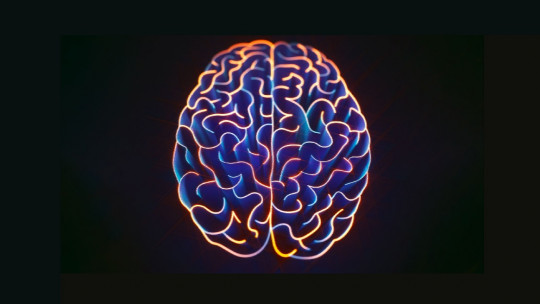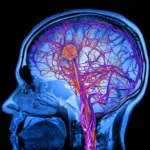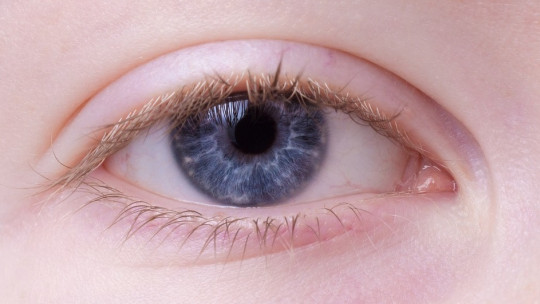
Ideomotor apraxia is a neurological condition that causes the person who suffers from it to be unable to imitate gestures or movements, and to perform movements voluntarily and at the request of another person. Patients with this disorder end up having great difficulty carrying out activities of daily living, such as brushing their teeth or correctly holding cutlery at the table.
In this article we explain What is ideomotor apraxia, what are the causes that explain it, the symptoms it causes and the appropriate treatment for this disorder.
What is ideomotor apraxia?
Ideomotor apraxia is a neurological disorder that involves the inability to imitate gestures and perform voluntary motor acts, on request or by verbal command due to an error in the configuration, temporal pattern and spatial organization of the body members in the context of the movement in question.
People who suffer from this type of apraxia can manipulate tools and everyday objects spontaneously, although sometimes this ability is also lost. The deficits caused by ideomotor apraxia appear to be the result of a disruption or failure in the system that relates stored knowledge about the use of everyday objects and information about gestures to the state of the body to produce the desired motor action or appropriate.
Ideomotor apraxia causes in patients difficulties in carrying out motor acts and simple movements (greeting someone or turning off a tap, for example), as opposed to other motor sequences or more complex movements (such as brushing one’s teeth or getting dressed). However, unlike other apraxias, such as ideational apraxia, these people can express these actions verbally.
This system is believed to be related to the areas of the brain that are most frequently damaged when this apraxia occurs: the left parietal lobe and the premotor cortex of the brain.
Causes
Usually, The most common cause of ideomotor apraxia is ischemic damage (due to stroke or stoppage of blood flow) in one of the hemispheres of the brain. There are multiple regions of the brain where lesions have been correlated with this type of apraxia.
Initially, it was suggested that lesions in subcortical white matter tracts the axons that extend downward from the neuronal bodies in the cerebral cortex, could be one of the main causes responsible for the appearance of ideomotor apraxia.
It has also been suggested that lesions in the basal ganglia, a brain structure responsible for the initiation and integration of movements, could be another possible cause, although there is debate today about whether damage produced only in this brain region could be sufficient to induce ideomotor ataxia.
However, it has not been shown that lesions in these subcortical brain structures are more prevalent in apraxic patients. The most recent research indicates that the damaged areas of the brain that have been most associated with patients with this type of apraxia would be: the parietal region, the left premotor cortex and the supplementary motor area.
Lesions in other types of brain structures, such as the corpus callosum (the bundle of fibers that connects one hemisphere with the other), could also induce apraxic symptoms, with variable effects on the two hands. Furthermore, ideomotor apraxia also occurs comorbidly in Parkinson’s disease, Alzheimer’s dementia, Huntington’s disease corticobasal degeneration and progressive supranuclear palsy.
Signs and symptoms
Ideomotor apraxia generates a whole series of symptoms that have a variable impact on each individual. Typically, this disorder affects the person’s ability to carry out everyday movements and actions such as greeting someone, for example.
Affected people usually show errors in the way they hold and move tools and objects when trying to use them correctly One of the most characteristic symptoms of ideomotor apraxia is the inability to perform motor acts under a verbal command. For example, if the patient is given a comb and given instructions to brush his hair, he will execute the movement incorrectly, making circles around the head or holding the brush upside down.
The errors made by patients with ideomotor apraxia can be spatial in nature, as in the example of inappropriate use of the comb, and also temporal in nature. Continuing with the previous example, the person would perform the act of combing one’s hair in an excessively slow or erratic manner, showing signs of committing a motor act with errors in the temporal sequence.
Another of the most characteristic symptoms of ideomotor apraxia is the inability to imitate hand gestures, whether or not they have a specific meaning Patients know what they have to do when someone asks them to, but they cannot execute the gesture correctly. This neurological disorder prevents affected people from carrying out any voluntary act and, sometimes, they can also lose the ability to carry out spontaneous actions and movements.
In recent years, several studies have shown that people with ideomotor apraxia seem to be unable to touch their fingers as quickly as a control group of healthy subjects. Additionally, apraxic patients are slower to aim at a target light when they cannot see their hand. It seems that these people depend much more on visual information when making movements than healthy people.
Treatment
The impact that ideomotor apraxia causes on the autonomy and functional capacity of the person who suffers from it is variable and generally depends on what other types of disorders are associated. The repercussions of this neurological disorder on activities of daily living are varied.
Regarding personal hygiene: the person will have serious difficulties in correctly orienting and placing grooming utensils, such as a comb, toothbrush or razor. In relation to eating, the patient will have difficulty holding the cutlery correctly when he eats or placing the cutlery on the table in the appropriate way and space. He will also experience problems when dressing, putting on or taking off socks, for example.
Although it is known that a small group of patients with ideomotor apraxia recover spontaneously, this is not very common. What can happen is the phenomenon of hemispheric compensation by which the functions normally performed by one hemisphere could be performed by the other, if damaged.
Occupational therapy and neuropsychological rehabilitation They are the most common treatments in cases of apraxia, in order for the patient to recover their maximum functional capacity. Typically, work is done by dividing daily tasks into separate components (for example, the act of combing one’s hair) and the patient is taught to perform each motor act individually and then complete the entire sequence.
The above procedure is repeated extensively, so that the person can regain skill in executing a given movement and eventually combine other sequences to create new and unique movement patterns.








